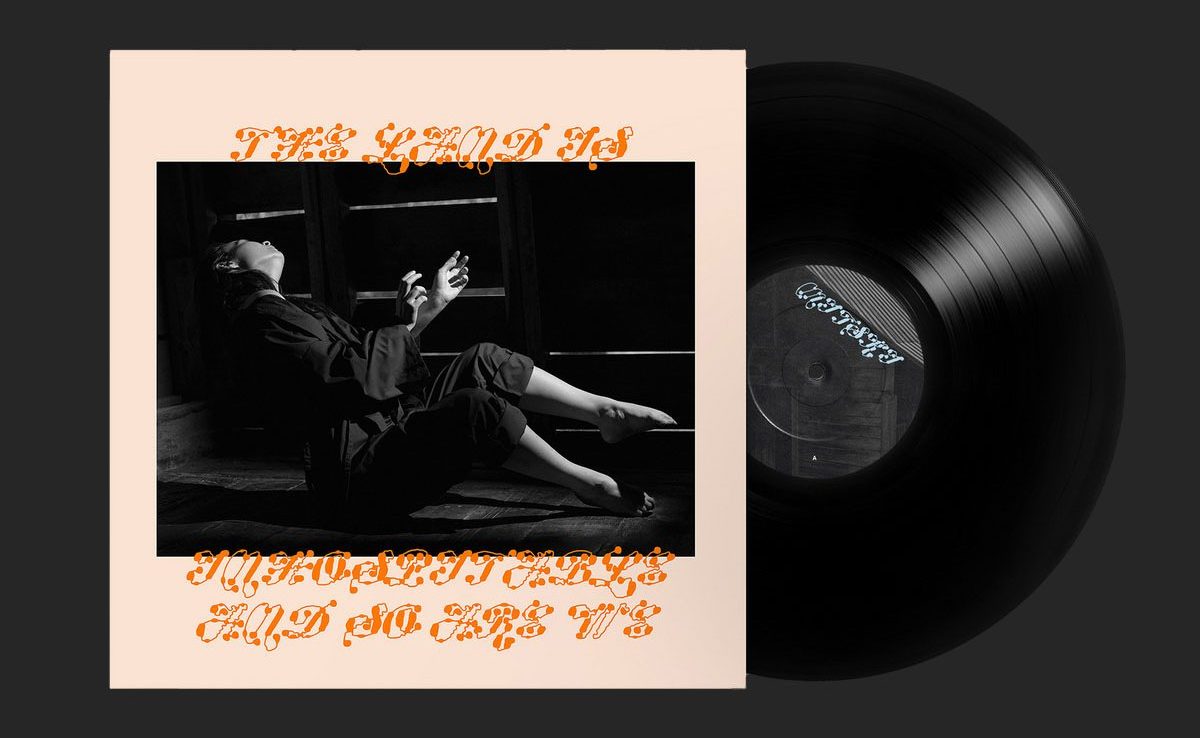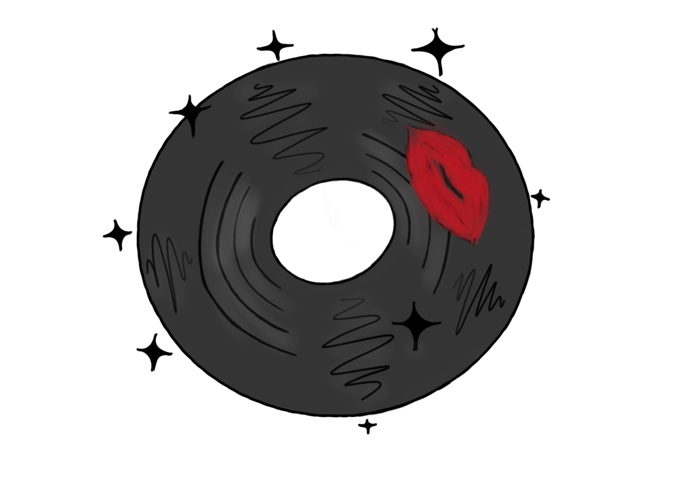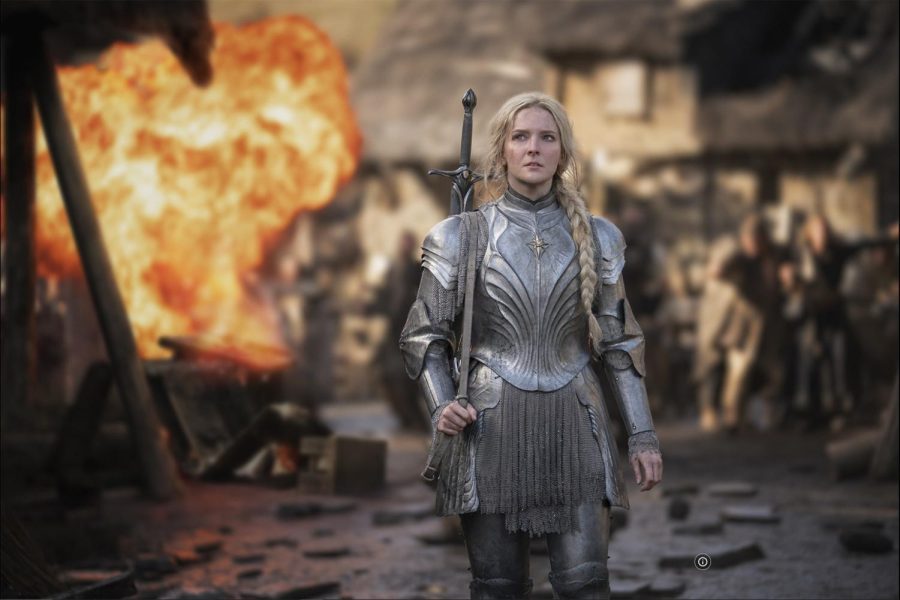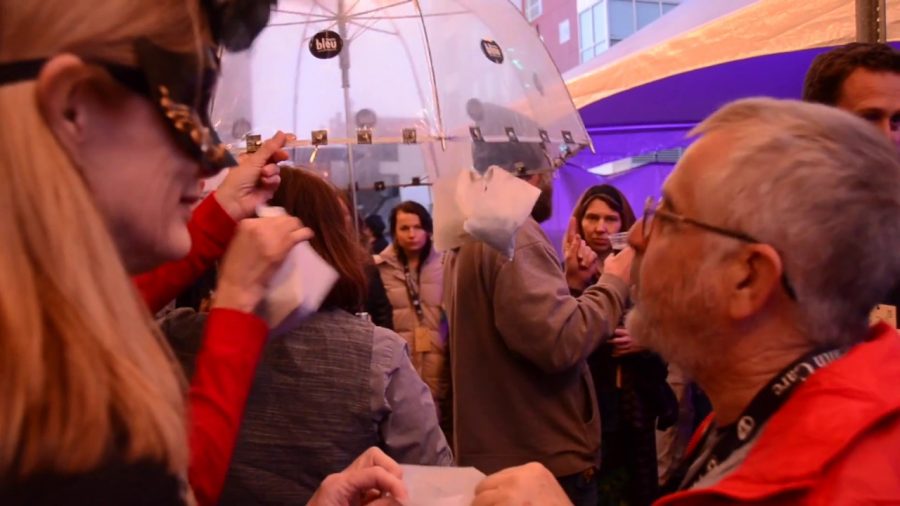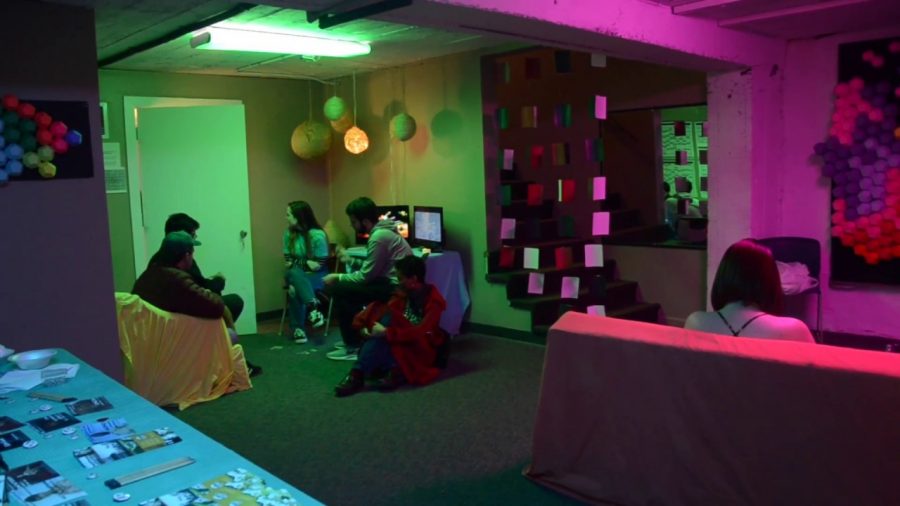
“Ai Weiwei: Never Sorry” is a provocative retelling of the one Chinese citizen’s rebellion through art and social media. The documentary itself took on the shape and size of many of Weiwei’s art pieces, seemingly subtle, but in fact memorable and uncensored.
Much of the international world both criticizes and adores Weiwei because of his provoking versions of art. One piece, well-known as Finger, was a series of photos where his plump Asian middle finger flipped off various iconic places throughout the world. The photos sent a clear message to the governments of the world that they could shove it.
In another photo series he took a 2,000-year-old Han Dynasty vase and smashed it, capturing the before, during, and after the crash. No smile appeared on his face, in fact, just an incredibly calm look of frustration. The piece was meant to show the destruction happening daily by the government to the history of China through the reeducating generations process.
In maybe the most inspiring work he had Weiwei collected the names of 5,385 children who had been killed in the 2008 Sichuan earthquake because of the shoddy government-built public schools. The Chinese government refused to release any information on the casualties, so Weiwei and volunteers went to each village in the area, asking the leaders of the community how many children had been killed and their names. They kept track of the many names and then published them online on his blog.
Then, he created a backpack art installation, one backpack for each child who died in the quake. He used the colorful backpacks to spell out “She lived happily for seven years.” A phrase a mom of one of the deceased children said to Weiwei.
The film captures both Weiwei’s art and his home life quietly, stoically and yet with an almost raw intensity. From his interactions with the police that leave him in the hospital to his crunching through porcelain sunflower seeds with his son, the emotion of all is right on the surface.

Go and see this movie, and when you finish, salute the brave man and creative genius, Weiwei, with the coined tribute of a extended middle finger.
Other showings are at 6:30 p.m. Saturday, March 3 at The Picturehouse; tickets for the show are NRT so be ready to Q up. It plays again at 1:30 p.m. March 4 at Jesse Hall.
By Maria Kalaitzandonakes
LATEST NEWS
- Bruins Baseball ranks second in the state, April 20
- Stress, anxiety skyrocket as students prepare for upcoming AP tests
- RBHS holds successful night of percussion
- Not even water?
- Solar eclipse to pass through Missouri, April 8
- How CPS is organized: a guide
- City of Columbia to hold school board election April 2
- Youth Election Participants to assist in upcoming municipal election
- City of Columbia hosts first Community Engagement Session for McKinney Building, hopes to gain public insight on the structure’s future
- RBHS Track Team Opener at Battle Gallery
Rebel’s take on society through art, social media inspires teen
March 2, 2012
Director Alison Klayman explains how traumatic the arrest of spring of 2011was to Ai Weiwei and his activism. Photo by Theresa Whang
Leave a Comment
More to Discover
@2021 - www.bearingnews.org























































































